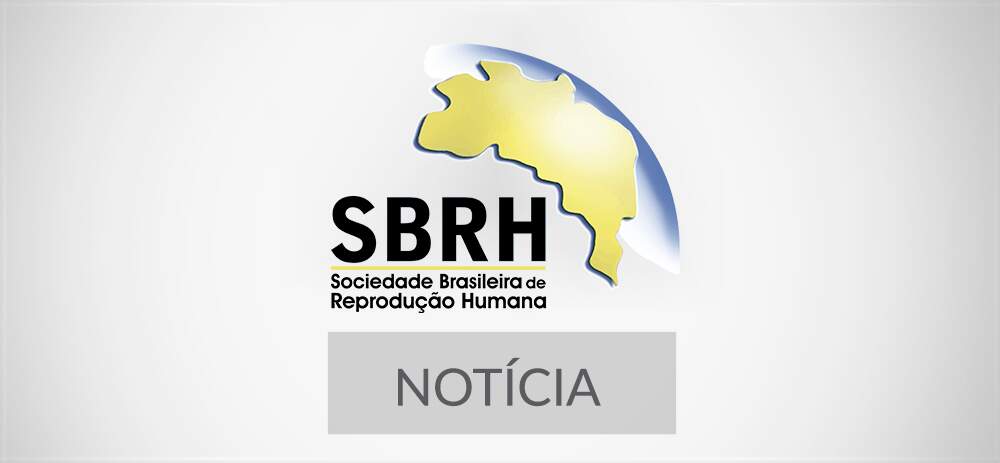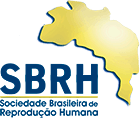The aim was to identify cell and genetic predictors of human blastocyst hatching success in assisted reproduction programmes via a prospective case-control study. Blastocysts, donated by couples in assisted reproduction programmes were used. Hatching success assessment was performed after 144-146 h post-fertilization. The mRNA expression levels of cathepsin V (CTSV), GATA-binding protein 3 (GATA3) and human chorionic gonadotropin beta subunit 3, 5, 7 and 8 (CGB) genes were detected by quantitative real-time polymerase chain reaction. The odds ratio (OR) of hatching due to zona pellucida (ZP) thickness, oocyte and sperm quality, embryo quality and mRNA expression of CTSV, GATA3 and CGB genes in blastocysts was determined.
From 62 blastocysts included in the study, 47 (75.8%) were unable to hatch spontaneously. The ZP thickening, and oocyte and sperm quality did not affect human blastocyst ability to hatch, except the combination of cytoplasmic and extracytoplasmic oocyte dysmorphisms (OR = 1.25; 95% confidence interval = 1.08, 1.45). Hatching-capable blastocysts had higher Gardner scale grade and mRNA expression of CTSV, GATA3 and CGB genes than hatching-incapable blastocysts. The human blastocyst hatching success depends on the blastocyst Gardner grade, but not on ZP and gamete quality. Blastocyst development was regulated by CTSV, GATA3 and CGB gene expression.


